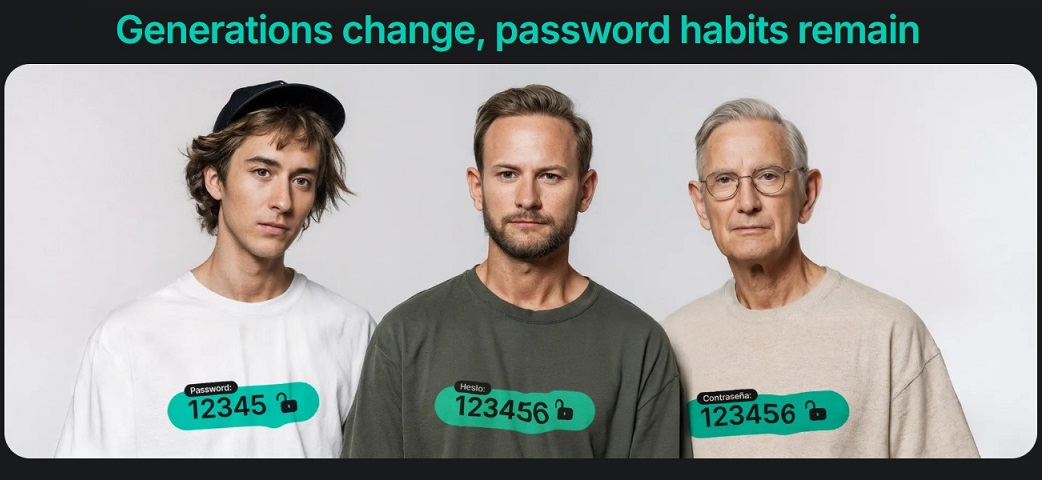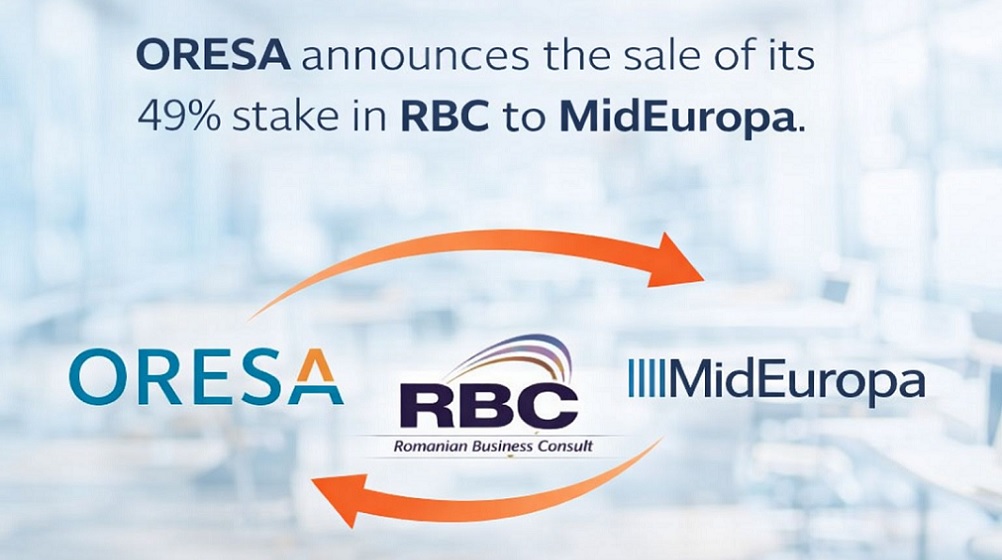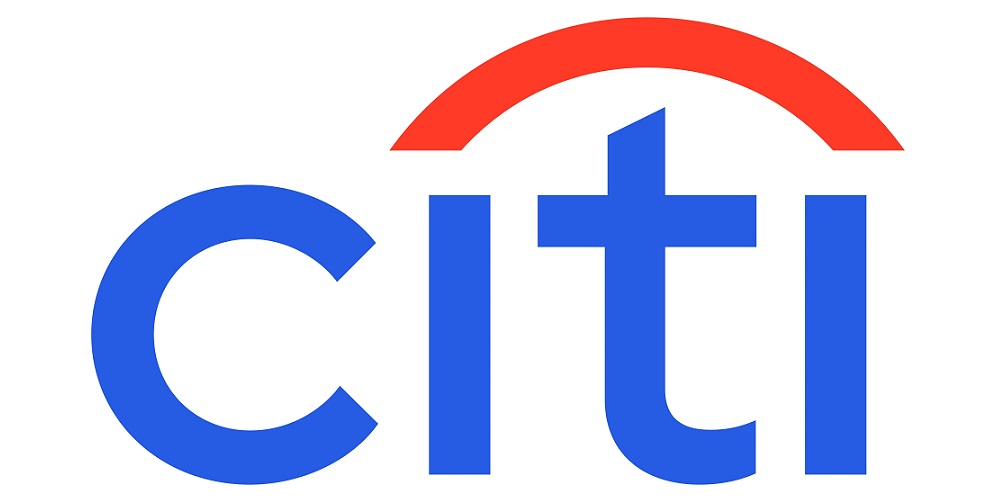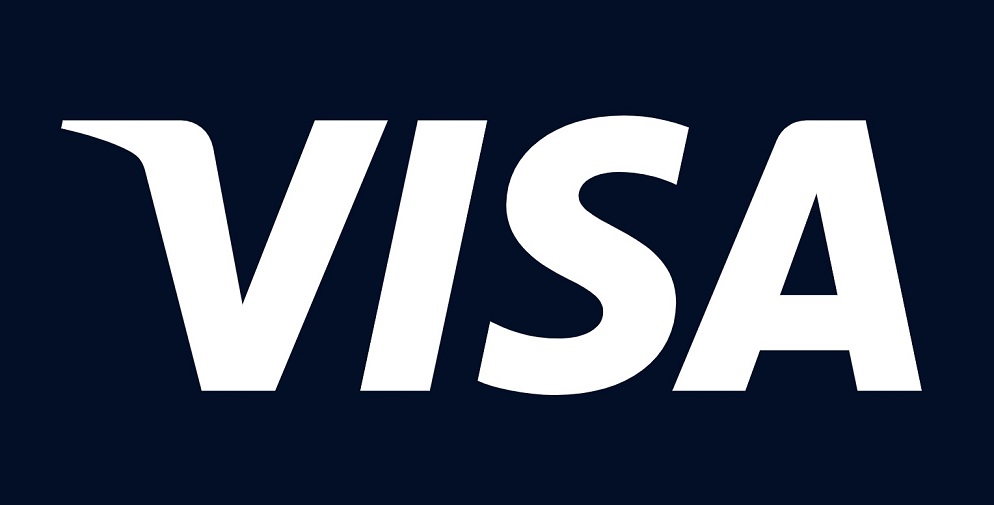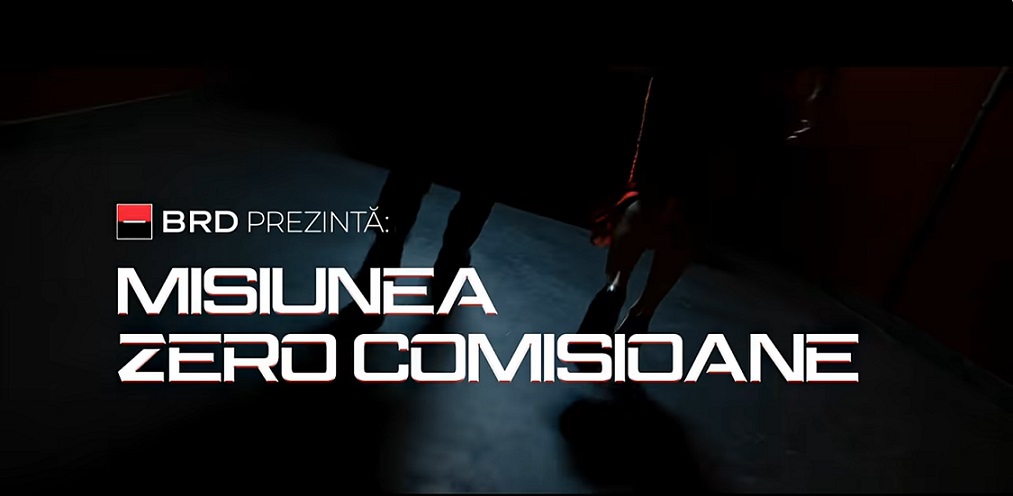25% of fintechs are interested in moving from a Banking as a Service to embedded banking provider – ClearBank report

New research from Aite-Novarica Group, commissioned by ClearBank, reveals the growing pains of BaaS and how fintechs are embracing Embedded Banking
ClearBank report reveals that fintechs are increasingly reliant on their BaaS providers to speed time to market, boost revenues, and meet compliance demands, however, BaaS providers are struggling to keep up. This is resulting in lost revenues, rising costs, and intervention from the regulator, as fintechs start to churn towards Embedded Banking providers.
The research, conducted by Aite-Novarica Group, includes the following key insights:
. BaaS today is a ubiquitous tool utilised by 82% of fintechs, with BaaS-related services representing, on average, 45% of a fintech’s overall revenue stream
. 47% of fintechs experienced product delays which resulted in an average of $10,900,000 in missed revenue annually due to poor BaaS performance
. 40% of fintechs saw services go down, 33% have lost customers, and 20% have faced intervention by the regulator due to BaaS issues
. In order to address these issues, 25% of fintechs are interested in moving from a BaaS to Embedded Banking provider
Dariusz Mazurkiewicz – CEO at BLIK Polish Payment Standard
Banking 4.0 – „how was the experience for you”
„To be honest I think that Sinaia, your conference, is much better then Davos.”
Many more interesting quotes in the video below:
